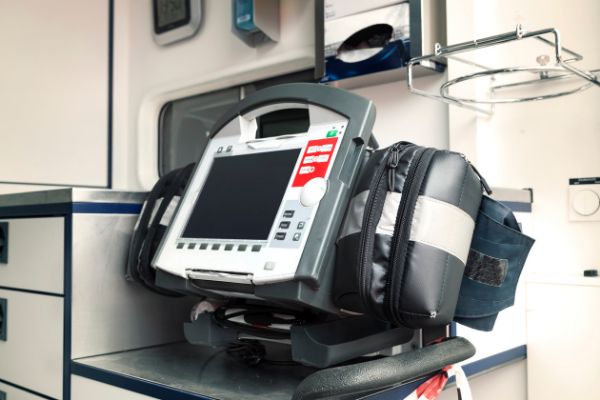
The History and Future of Organ Transplantation
One of the greatest achievements of modern medicine is the donation and transplantation of organs. Before the mastery of such procedures, patients with damaged or failing organs were left with no option than to resign to their respective fates, no matter how despairing. With the advancements in healthcare technology, after the patient is transported from ambulance to hospital in the Stryker power cot, health care practitioners can replace damaged organs with healthier alternatives. Now, patients are provided with the hope of a new start.
What is Organ Transplantation?
Organ transplantation may be described as a surgical procedure that involves the removal of an organ or tissue from one person and placing it in another person. Organs and tissues which can be transplanted include the liver, lungs, intestine, bone marrow, heart valve, etc. The recipient usually requires the transplant to replace organs damaged by disease or injury.
How Did It All Begin?
Historians believe that the history of organ transplantation can be traced to 800 B.C when doctors engaged in skin grafting to treat a variety of wounds. However, it was not until 1936 that Ukrainian Doctor, Yu Yu Voronoy successfully transplanted the first human kidney. Despite the apparent success of Voronoy’s procedure, the patient’s body rejected the new organ, leading to his eventual death.
During those early years, organ rejection was the cause of many failed organ transplant procedures. In 1954, the success of a kidney transplant at Peter Bent Brigham Hospital, Boston was said to be due to the genetic link between the donor and recipient who were identical twins.
The research of British Immunologist, Peter Medawar led to the development of anti-rejection drugs, thus allowing for the successful transplants of body organs from non-identical donors. Ischemic storage, which involves the removal of the organ from the human body and its eventual storage in a non-functioning state with the absence of blood circulation, is the principle governing transplant from the 1960s till this present time.
Problems of Organ Transplant
The biggest challenge facing the organ transplant industry is the shortage of donors compared to the number of recipients in need of transplants. Due to this shortage, patients sometimes pass while waiting for a new organ. The shrinkage of the donor pool can be attributed to the decrease in fatal accidents, the unfair distribution system, as well as the disqualification of organs due to minor defects.
What Is the Future of Organ Transplantation?
The development of advanced technology to aid the window between the removal of an organ from a donor and its eventual placement in a recipient’s body would go a long way in improving the transplant system in the health industry. The use of quality medical supplies can also guarantee the safety of the donor, thus limiting the chances of the organs suffering some form of damage or the other before removal.




